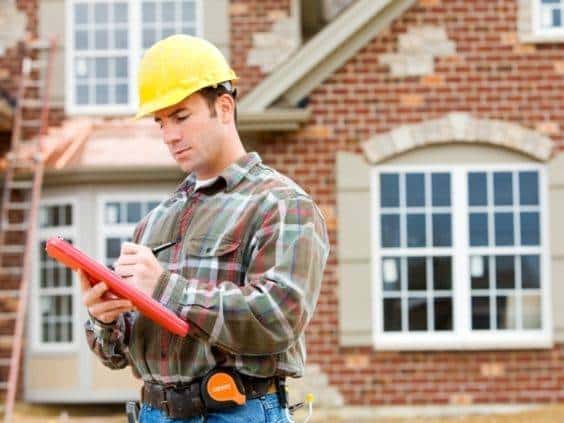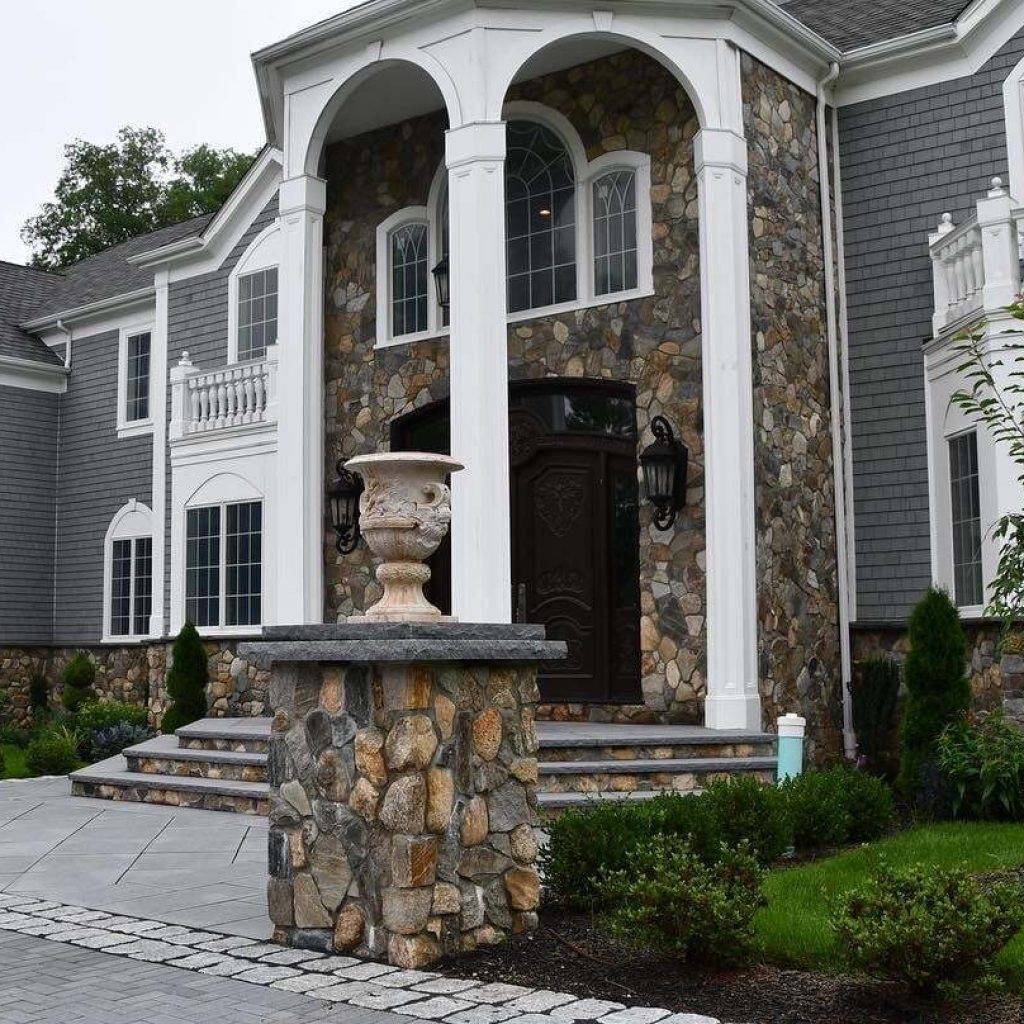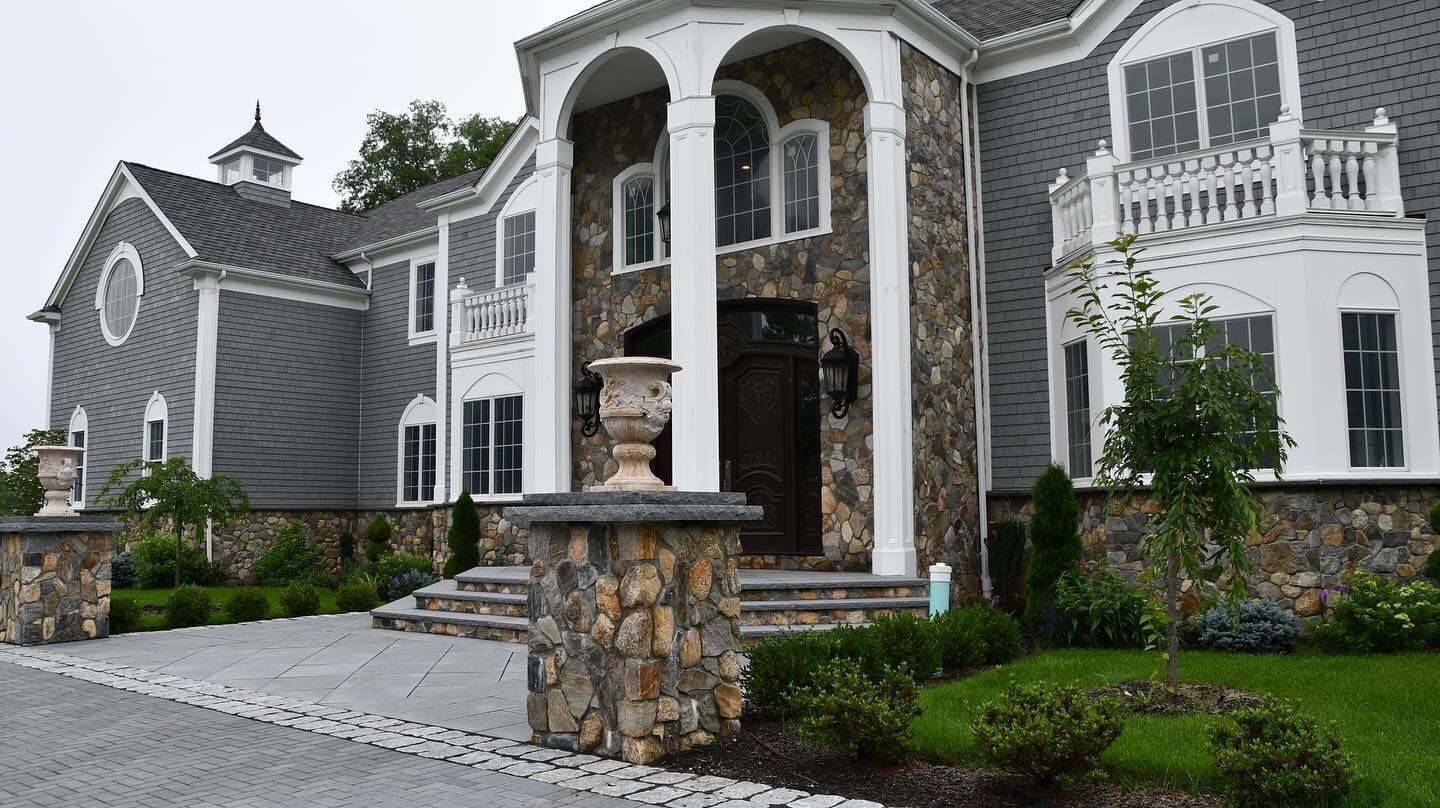For many people, buying a new home presents an opportunity to start over with a blank slate. But if there are problems with the house, your fresh start can quickly transform into an inheritance of old issues from the previous owners. This is part of the reason why many intelligent buyers call for an inspection before they complete the sale. Here’s what home inspectors are looking for when you hire them to examine a property.
Structural Integrity
Your home’s foundation is paramount to the stability of the structure. You can expect small cracks to begin appearing as the house settles and the seasons change, but you need to repair anything wider than one-eighth of an inch. When you leave them unattended, cracks introduce unwanted moisture to your home and can make your home unsafe to occupy if they continue to grow unchecked.
Electrical Issues
Another thing home inspectors focus on are any potential electrical issues in the house. Things like exposed wires, unsafe electrical panel modifications, and aluminum wiring are all common yet incredibly dangerous. Unrepaired electrical problems can lead to a house fire if homeowners ignore the issue.
Plumbing Problems
Fixing all plumbing leaks is a vital step in keeping a home safe, whether you’re preparing it for sale or not. Inspectors check things like water pressure, problems with pipes, and unseen water leaks. It’s important not to ignore water damage because it can cause many structural and health issues over time.
Insect Infestations
There are many different types of uninvited guests that a home inspector will look for, including termites, carpenter ants, and certain beetle species. Rodents, such as mice and rats, also like to occupy homes and can easily damage wood and electrical wires. A home inspector looks for signs of many different invasive species to ensure the house is safe for occupation.
Roof Damage
The last major part of what home inspectors are looking for is the state of the roof. Even though some can last up to 25 years, you should still inspect your roof annually. Common signs of damage include missing shingles, excessive algae growth, and soft spots that you feel when you apply pressure. Moisture in the attic is also a giveaway for a potential leak in the roof.























